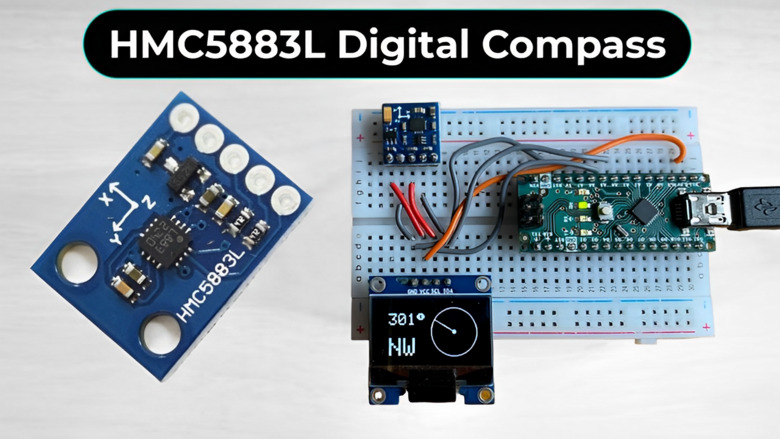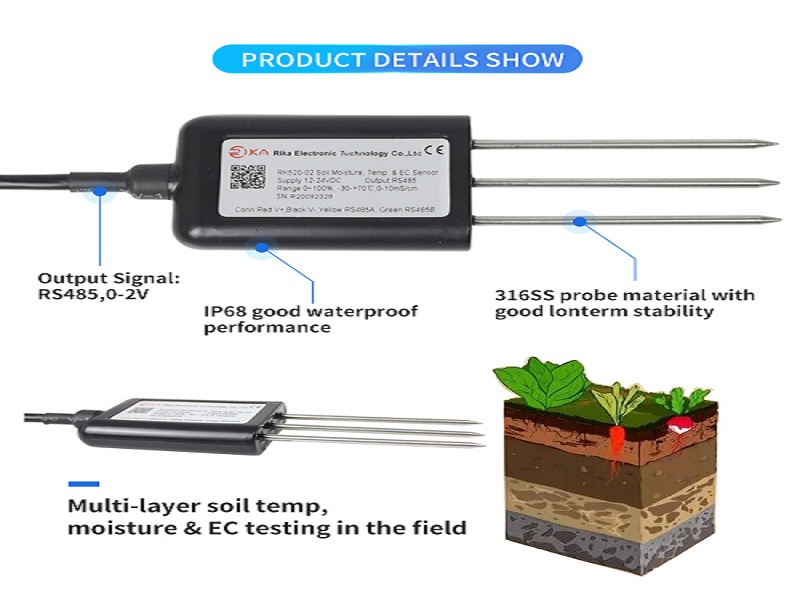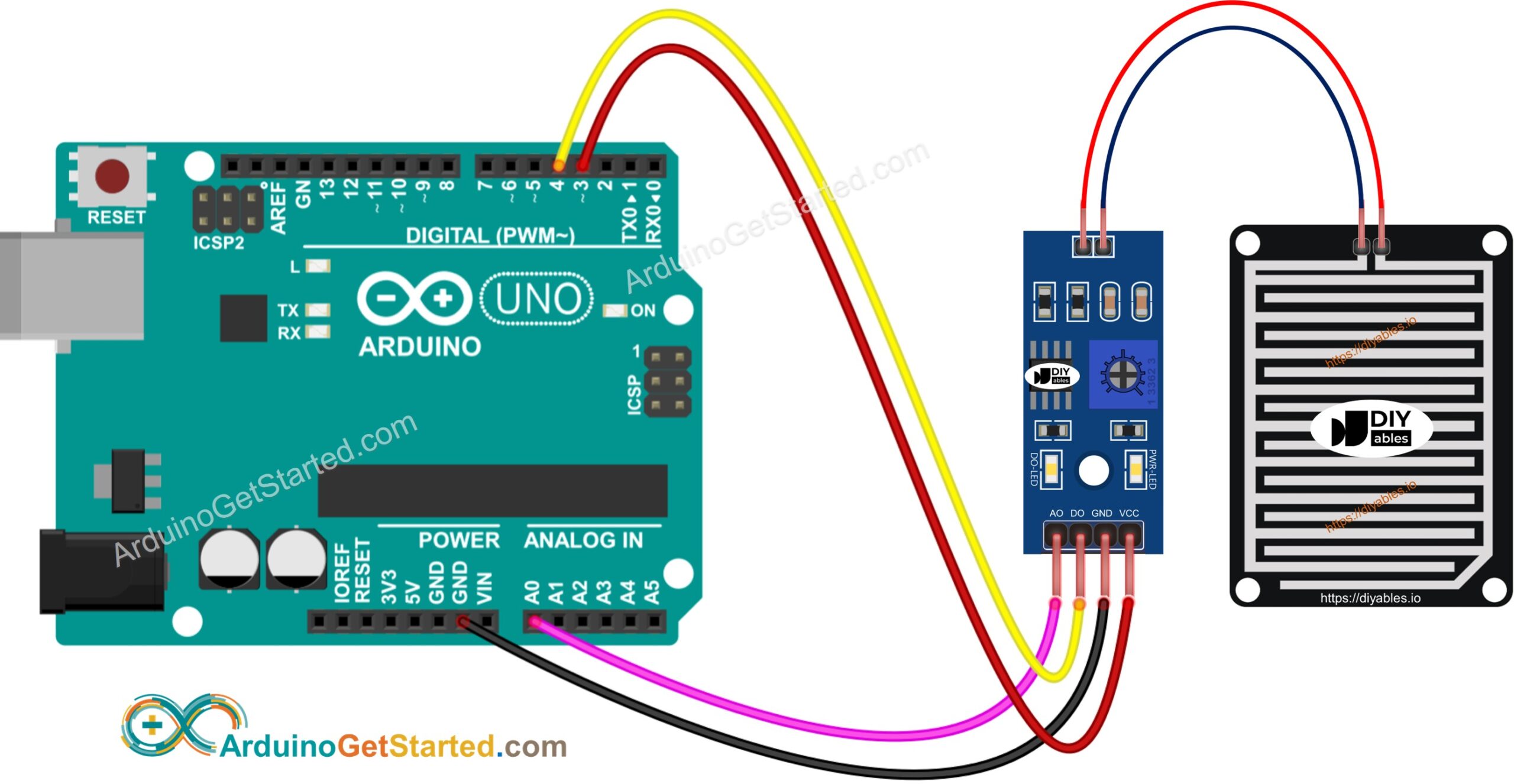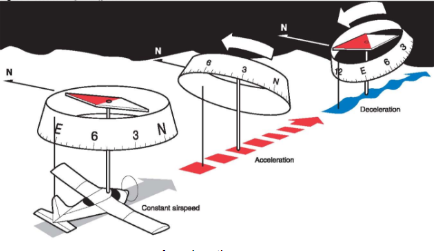How to Read a Compass Heading with an HMC5883L Sensor
Compasses have been used for centuries as a tool for navigation, helping us find our way in unknown territories. With the advancement in technology, we now have digital compasses like the HMC5883L sensor that make reading compass headings easier and more accurate. In this article, we will take a look at how to read a compass heading using an HMC5883L sensor.
What is an HMC5883L Sensor?
The HMC5883L sensor is a digital compass module that can measure the magnetic fields in three dimensions. It provides accurate readings of the earth’s magnetic field, which allows it to determine the heading or direction of an object relative to magnetic north. The sensor communicates with a microcontroller through I2C communication, making it easy to integrate into various projects.
Reading Compass Heading with HMC5883L Sensor
When using an HMC5883L sensor to read compass heading, there are a few steps you need to follow:
- Initialize the sensor: Begin by setting up the HMC5883L sensor and configuring it to the desired settings, such as the measurement range and output rate.
- Calibrate the sensor: Perform sensor calibration to eliminate any offsets or errors in the readings.
- Read sensor data: Retrieve the magnetic field data from the sensor through I2C communication.
- Calculate heading: Use the sensor data to calculate the orientation or heading angle of the object relative to magnetic north.
Interpreting Compass Heading Readings
Once you have calculated the compass heading using the HMC5883L sensor, it’s crucial to understand how to interpret the readings. The sensor provides heading information as a numerical value, typically ranging from 0 to 360 degrees. Here are a few key points to keep in mind:
- True north vs. magnetic north: Remember that true north is the geographic North Pole, while magnetic north is the direction that the compass needle points towards due to the earth’s magnetic field.
- Magnetic declination: Consider the magnetic declination of your location, which is the angular difference between true north and magnetic north. This adjustment is essential for accurate navigation.
- Calibration: Regularly calibrate your HMC5883L sensor to ensure accurate readings and minimize errors in the compass heading calculations.
Conclusion
Reading a compass heading with an HMC5883L sensor can be a valuable skill for various applications, including robotics, drones, and navigation systems. By following the steps outlined in this article and understanding how to interpret the readings, you can effectively navigate and orient yourself in any environment. Remember to practice using the sensor regularly and stay aware of your surroundings to make the most out of your compass readings.
How to Read a Compass Heading with an HMC5883L Sensor
Compasses have been used for centuries as a tool for navigation, helping us find our way in unknown territories. With the advancement in technology, we now have digital compasses like the HMC5883L sensor that make reading compass headings easier and more accurate. In this article, we will take a look at how to read a compass heading using an HMC5883L sensor.
What is an HMC5883L Sensor?
The HMC5883L sensor is a digital compass module that can measure the magnetic fields in three dimensions. It provides accurate readings of the earth’s magnetic field, which allows it to determine the heading or direction of an object relative to magnetic north. The sensor communicates with a microcontroller through I2C communication, making it easy to integrate into various projects.
Reading Compass Heading with HMC5883L Sensor
When using an HMC5883L sensor to read compass heading, there are a few steps you need to follow:
- Initialize the sensor: Begin by setting up the HMC5883L sensor and configuring it to the desired settings, such as the measurement range and output rate.
- Calibrate the sensor: Perform sensor calibration to eliminate any offsets or errors in the readings.
- Read sensor data: Retrieve the magnetic field data from the sensor through I2C communication.
- Calculate heading: Use the sensor data to calculate the orientation or heading angle of the object relative to magnetic north.
Interpreting Compass Heading Readings
Once you have calculated the compass heading using the HMC5883L sensor, it’s crucial to understand how to interpret the readings. The sensor provides heading information as a numerical value, typically ranging from 0 to 360 degrees. Here are a few key points to keep in mind:
- True north vs. magnetic north: Remember that true north is the geographic North Pole, while magnetic north is the direction that the compass needle points towards due to the earth’s magnetic field.
- Magnetic declination: Consider the magnetic declination of your location, which is the angular difference between true north and magnetic north. This adjustment is essential for accurate navigation.
- Calibration: Regularly calibrate your HMC5883L sensor to ensure accurate readings and minimize errors in the compass heading calculations.
Conclusion
Reading a compass heading with an HMC5883L sensor can be a valuable skill for various applications, including robotics, drones, and navigation systems. By following the steps outlined in this article and understanding how to interpret the readings, you can effectively navigate and orient yourself in any environment. Remember to practice using the sensor regularly and stay aware of your surroundings to make the most out of your compass readings.



